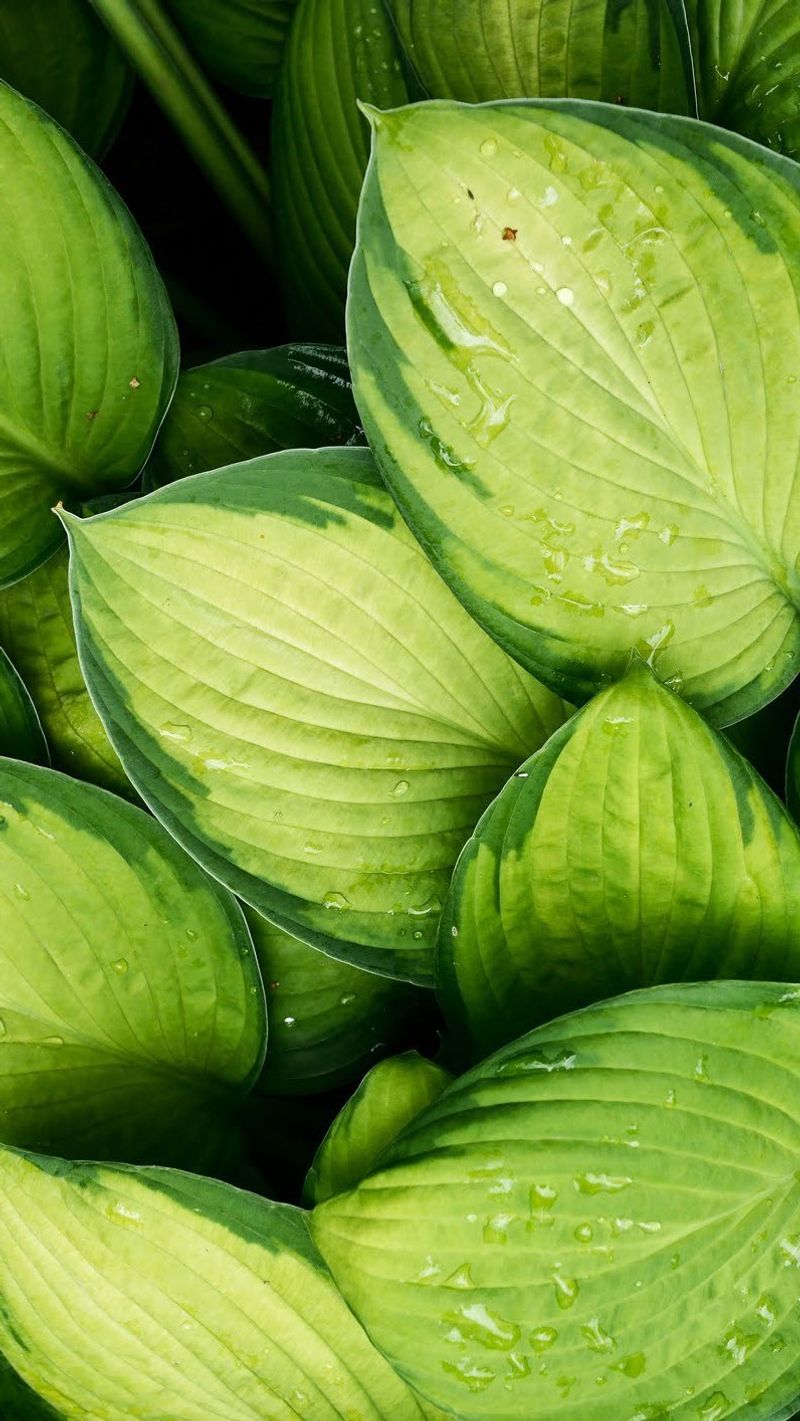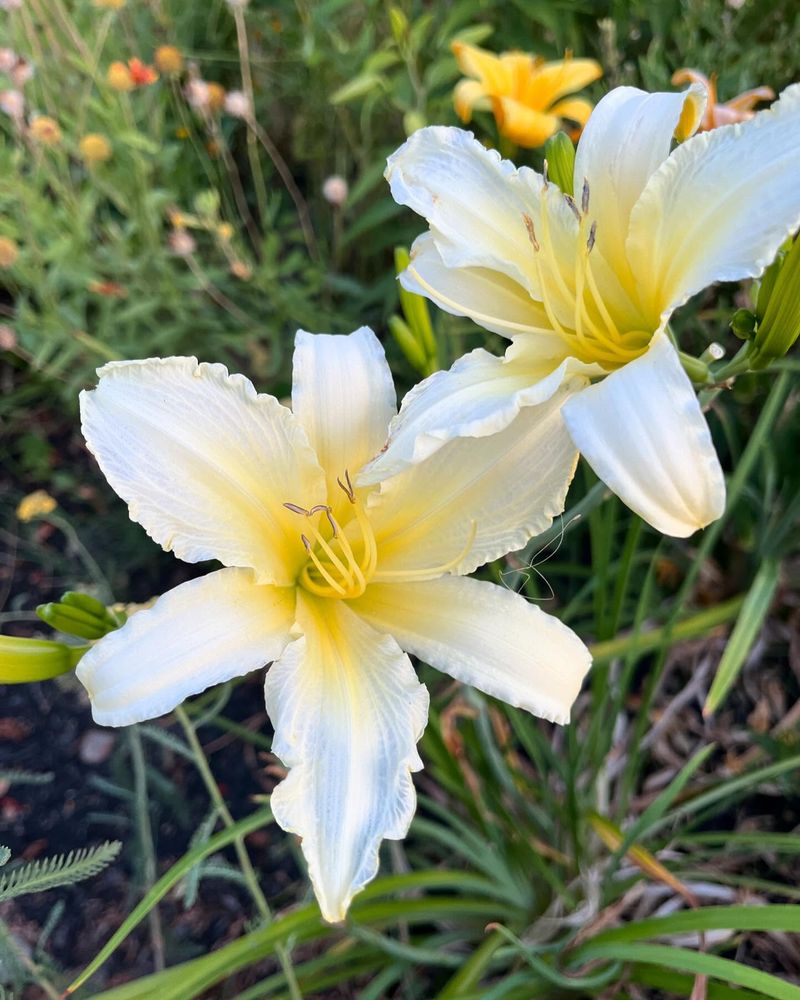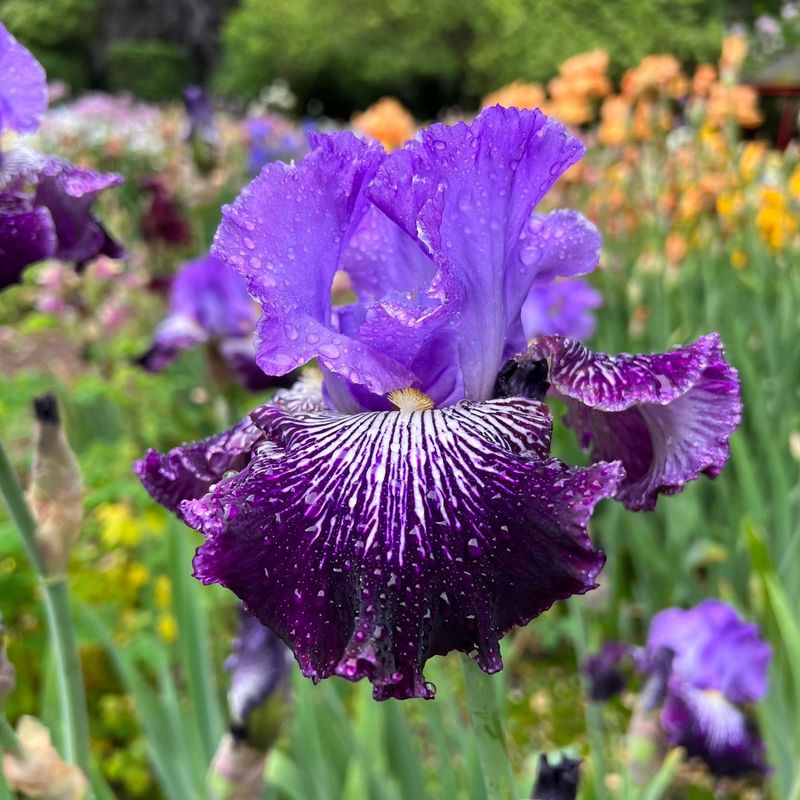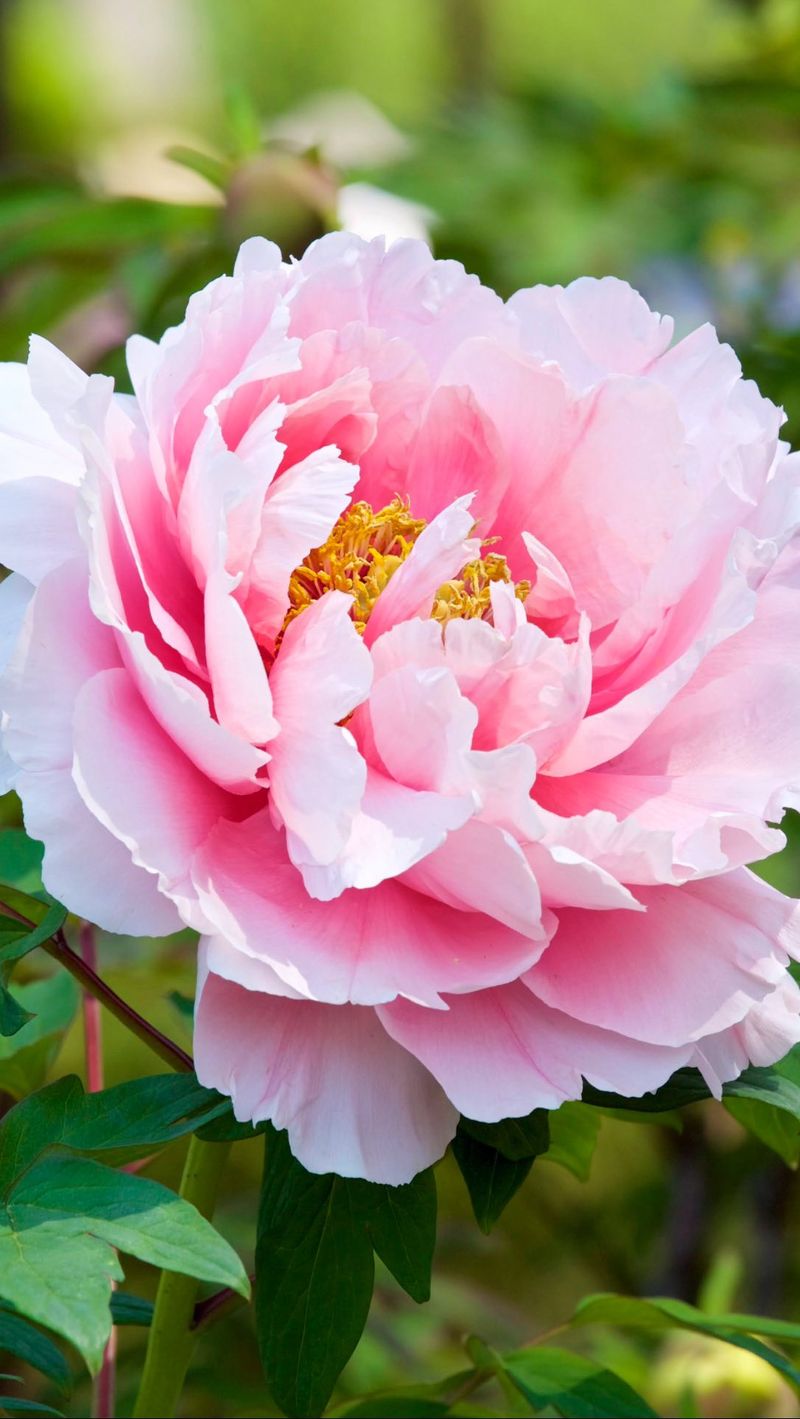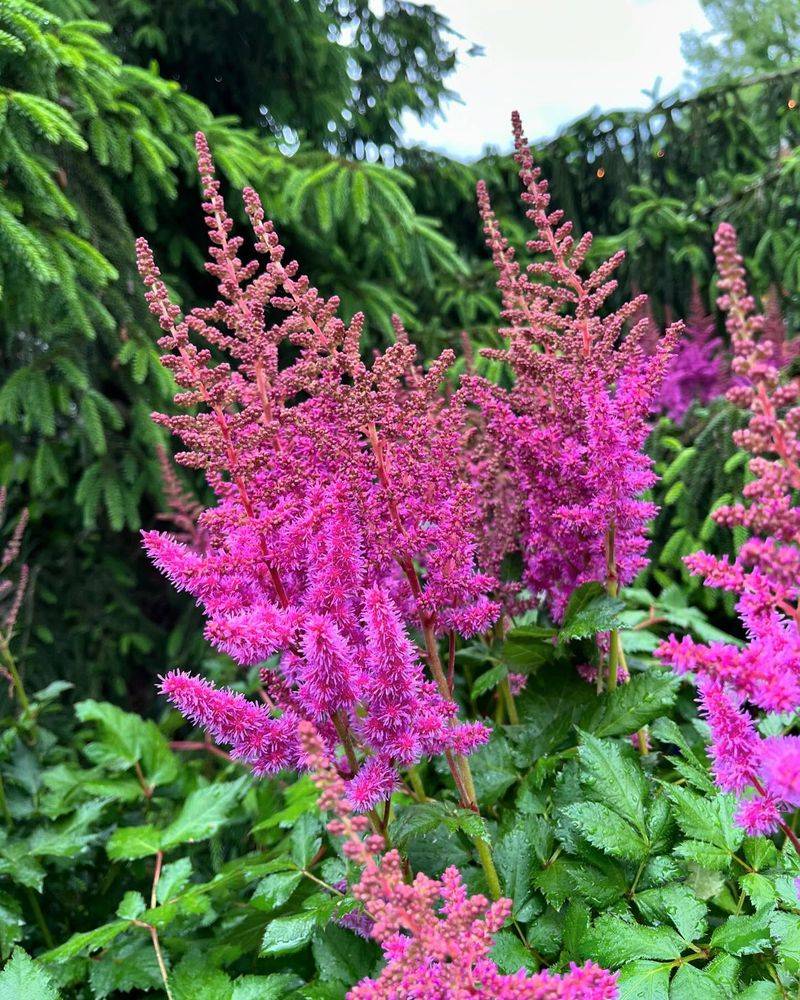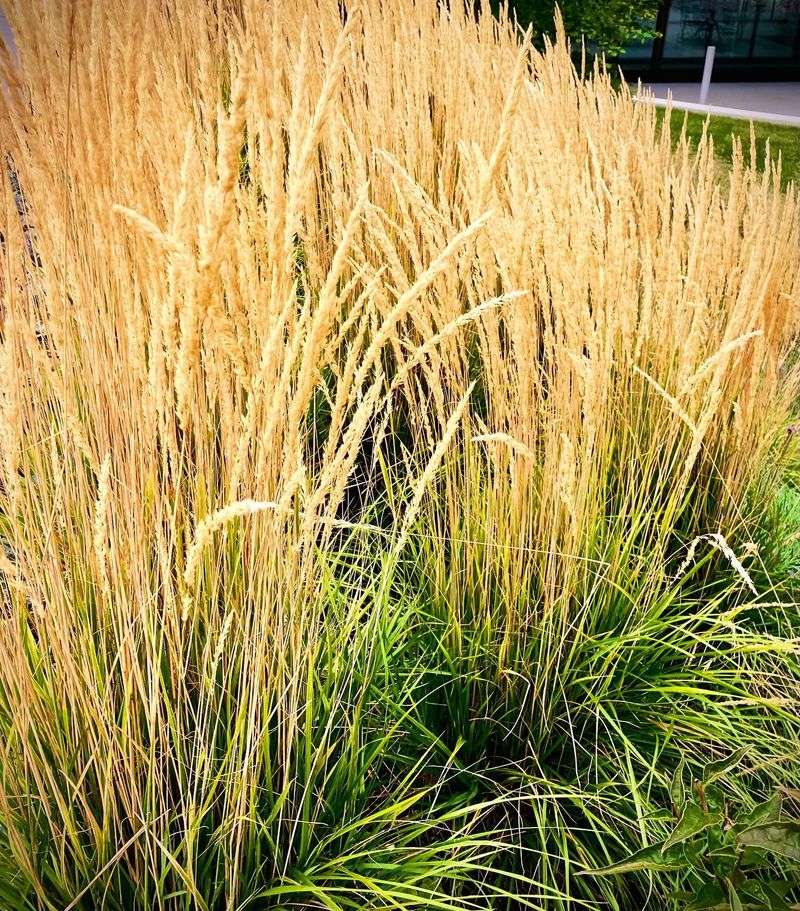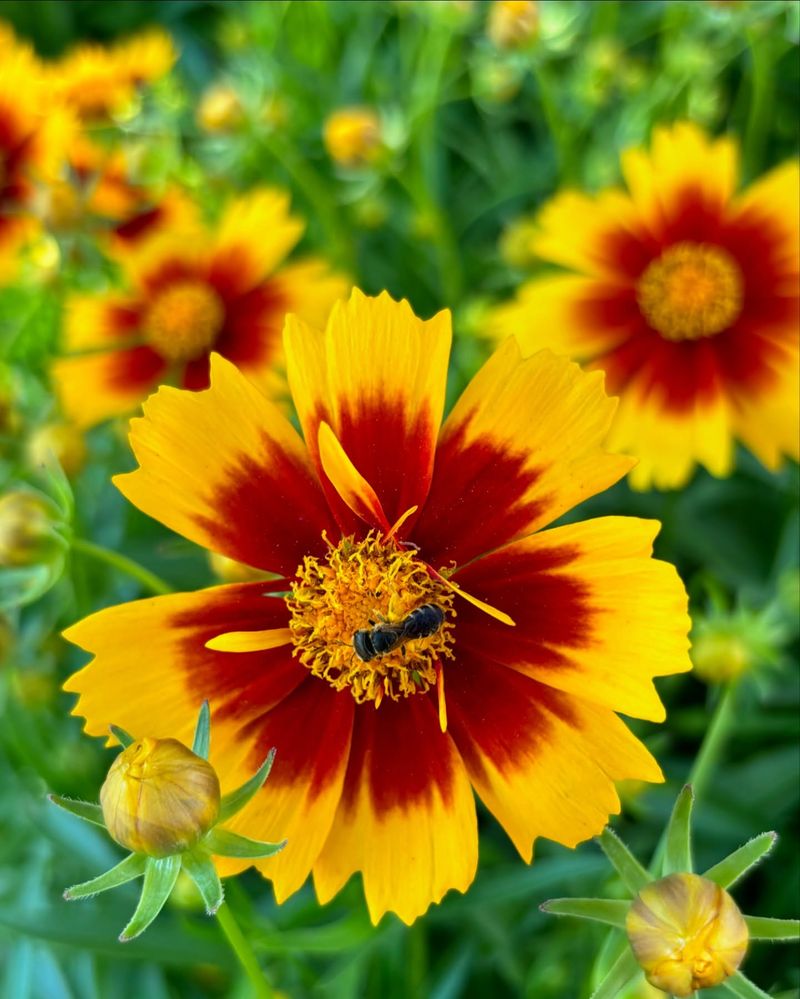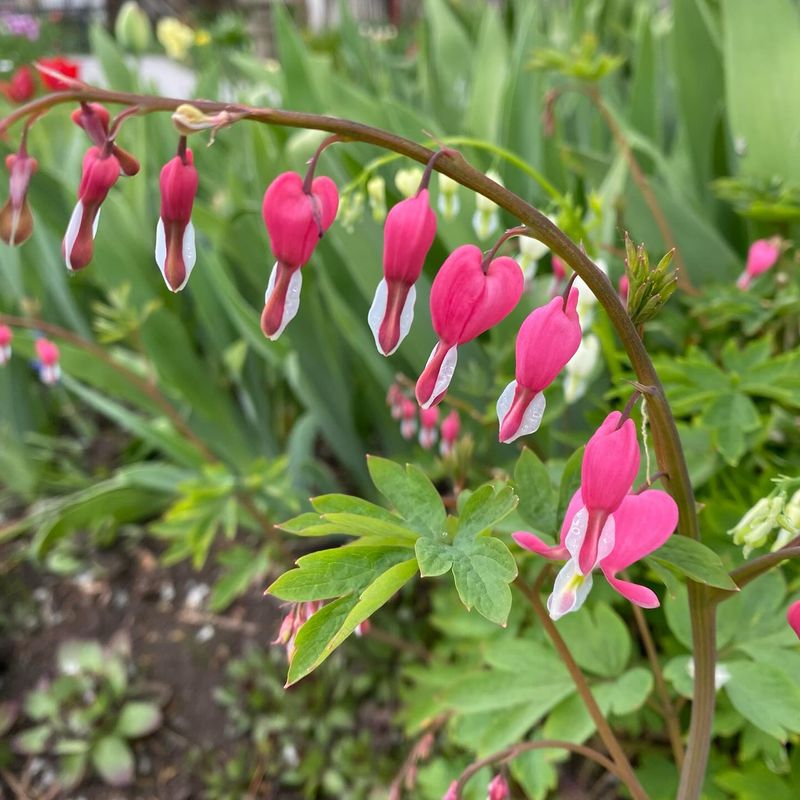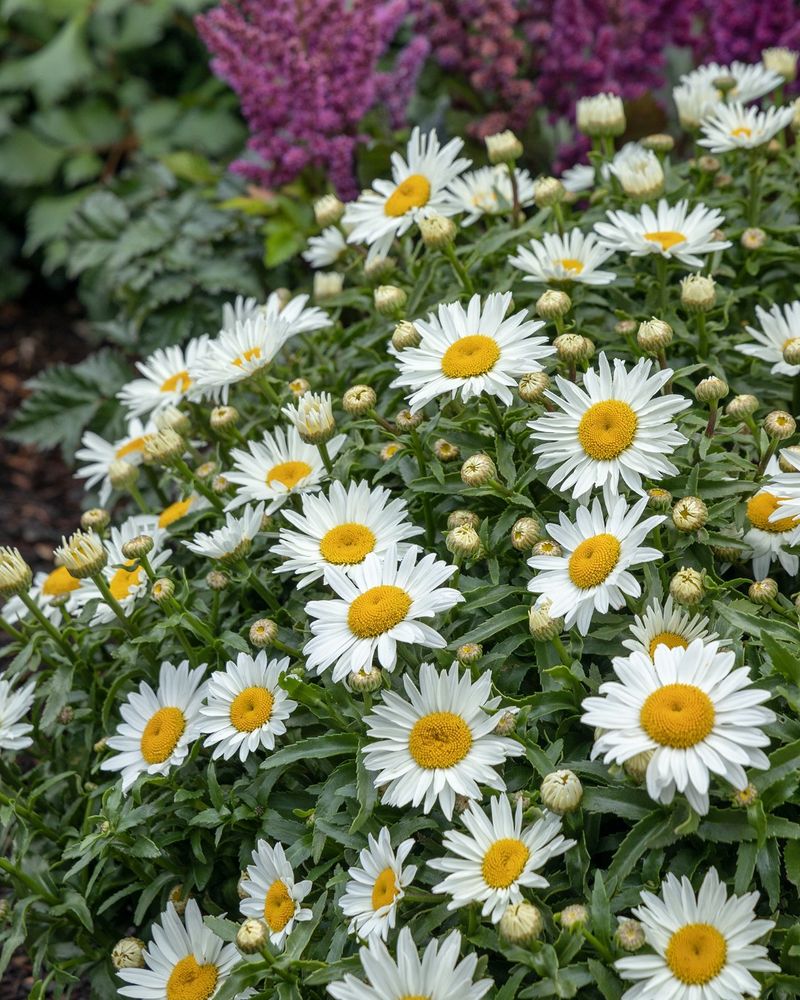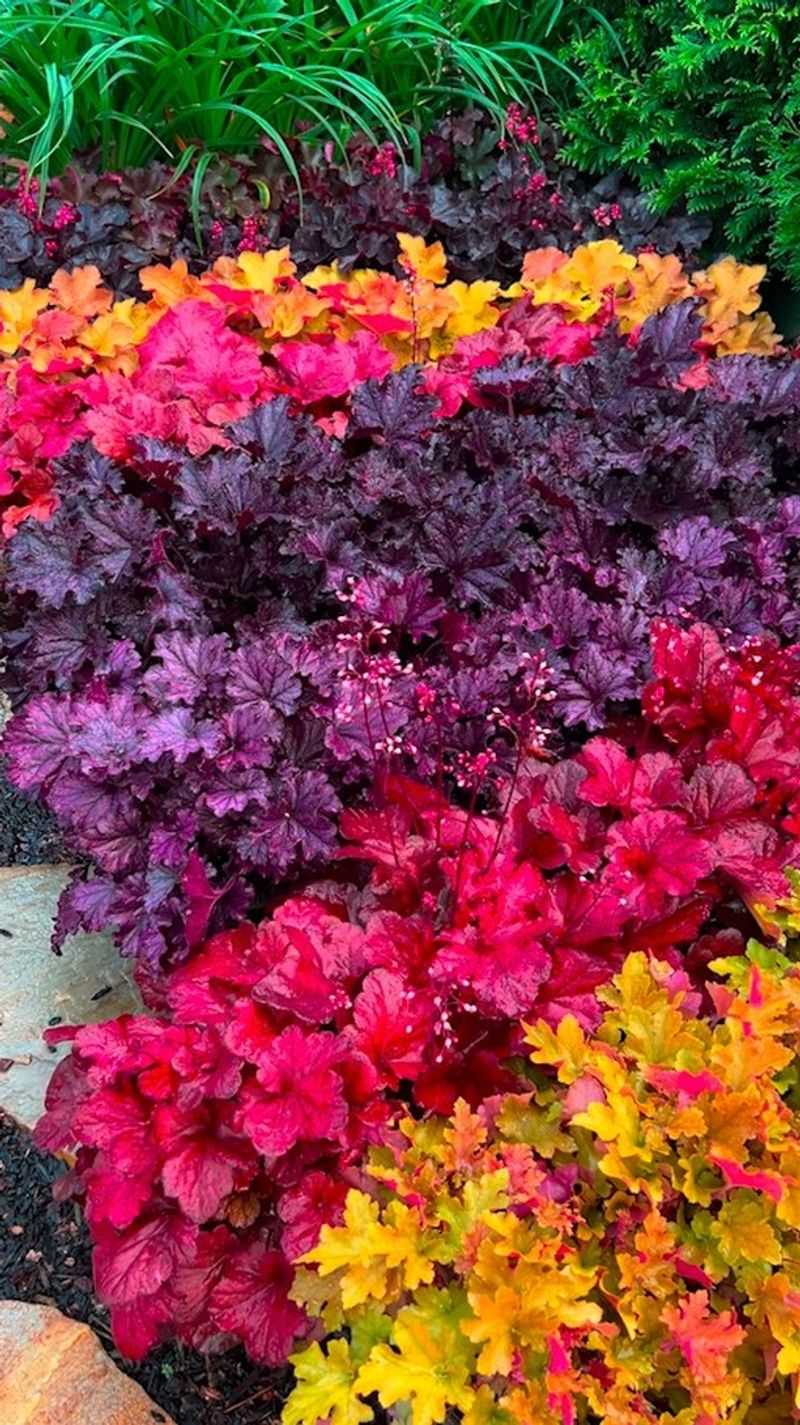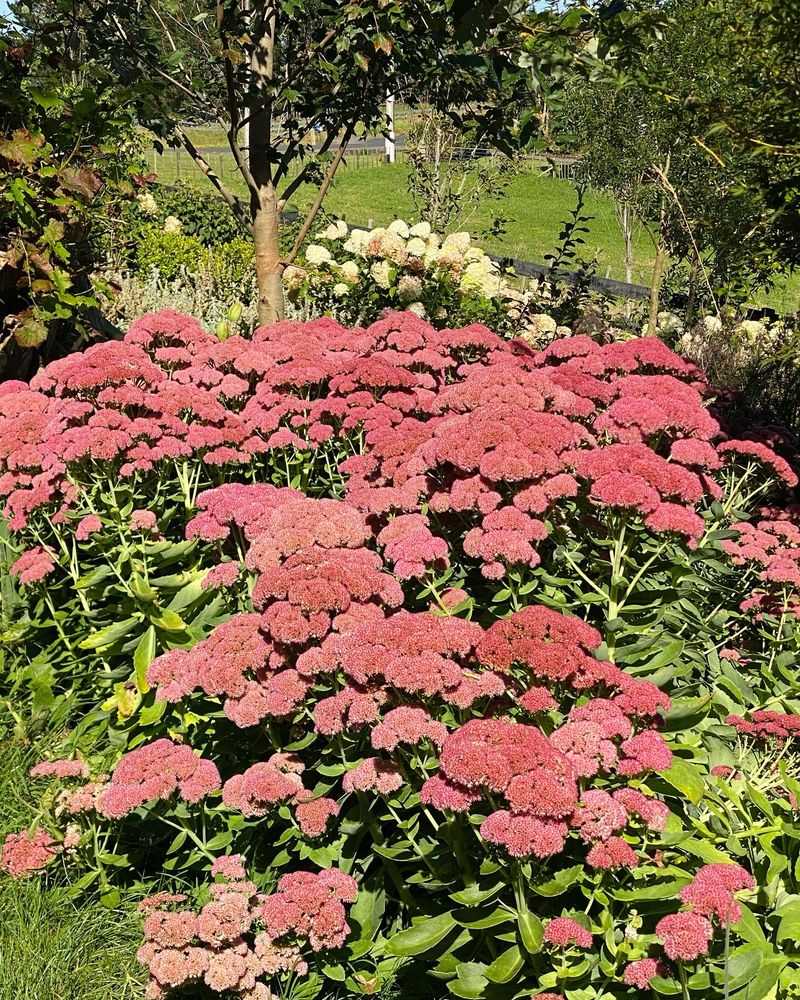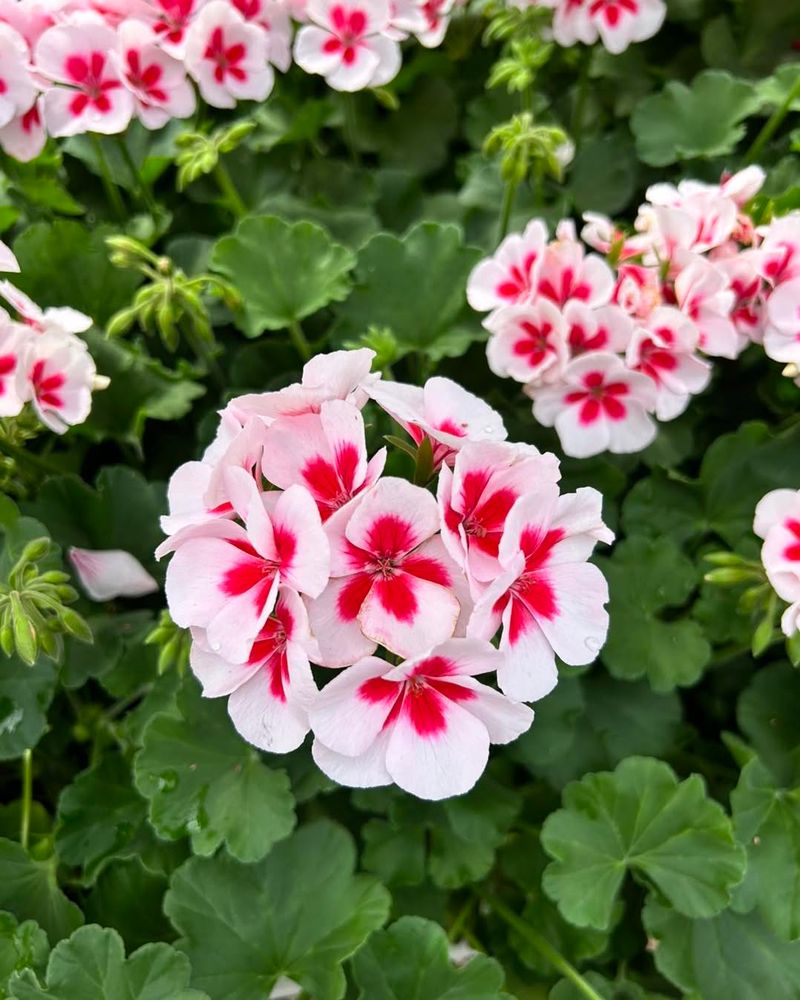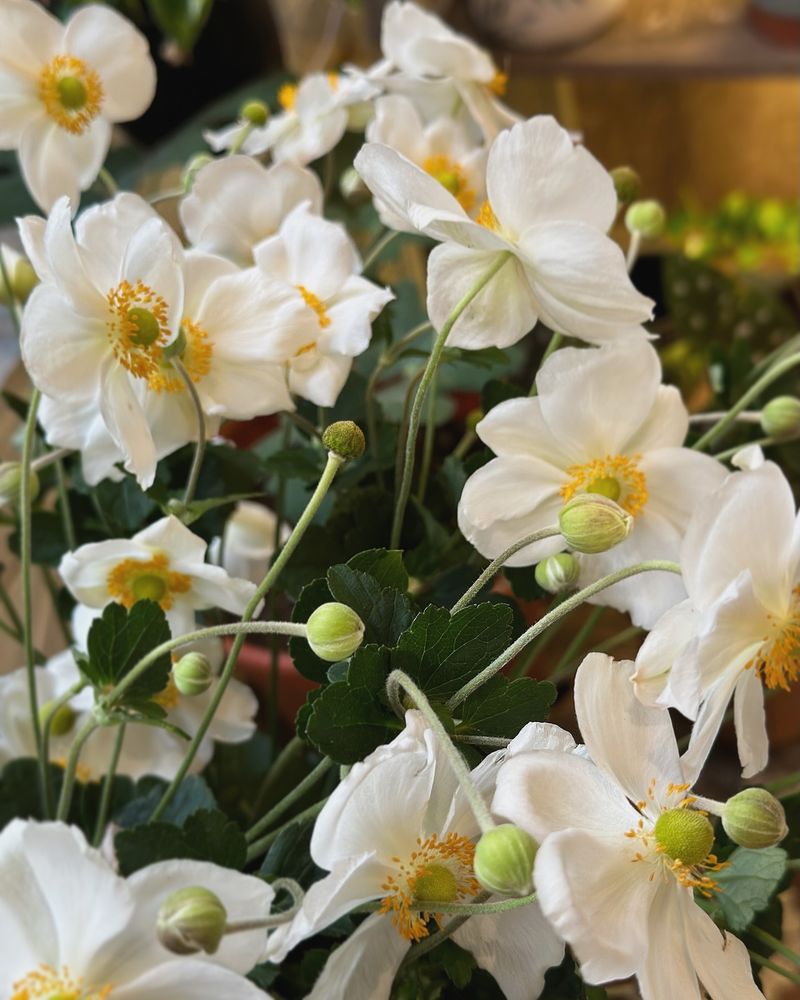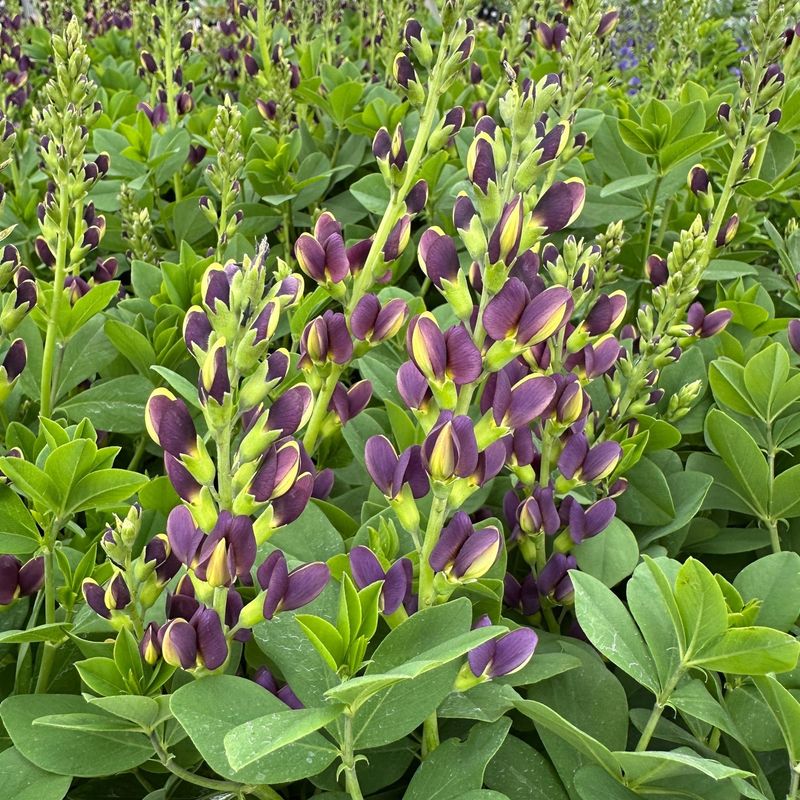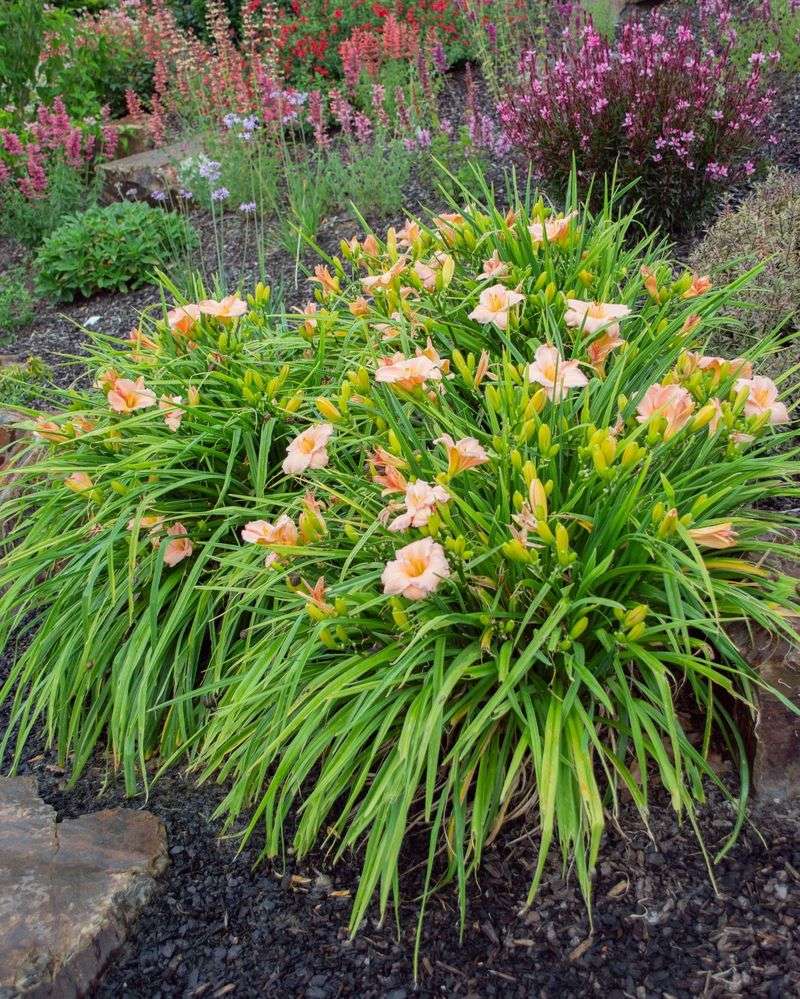If your garden’s feeling a little crowded, now’s the perfect time to give your perennials some breathing room. I’ve done plenty of dividing and transplanting over the years, and it’s one of the easiest ways to refresh your garden without buying more plants.
It’s also pretty satisfying to see them bounce back even better in their new spots. Timing is key here, and I’ve gathered a few tips that really make the process smoother.
Let’s get those roots moving before late spring slips away!
1. Hostas: Shade-Loving Showstoppers
Early spring is prime time for dividing these leafy favorites. When you spot those little green nubs poking through the soil, grab your spade and get to work before they unfurl their magnificent leaves.
Simply dig up the entire clump, wash away soil to see natural division points, and use a sharp knife to separate. Each division needs several healthy buds and roots to thrive in its new location.
2. Daylilies: The Worry-Free Bloomers
Hardy and forgiving, daylilies practically beg to be divided when they become crowded. You’ll know it’s time when flowering decreases or the center of the clump starts looking sparse and weak.
Dig around the entire plant about 8 inches away from the crown, lift the clump, and separate fans with your hands or a garden fork. Each division should have at least 2-3 fans with healthy roots attached for best results.
3. Bearded Iris: Rainbow Makers
These stunning spring bloomers benefit tremendously from division every 3-4 years. The perfect time is 6-8 weeks after flowering when the rhizomes have stored enough energy for the next growing cycle.
Look for rhizomes that have bloomed and are now growing side shoots. Cut these apart with a clean knife, ensuring each section has roots and a fan of leaves. Trim the foliage to about 6 inches to reduce transplant stress.
4. Peonies: Long-Lived Beauties
Unlike many perennials, peonies don’t need frequent division – in fact, they prefer being left alone. But when you do divide them (every 10-15 years), early spring is your window of opportunity.
Carefully dig around the plant’s drip line and lift the entire root ball. Wash away soil to reveal the eyes (pink or red buds) on the roots. Each division needs 3-5 eyes and a good portion of root to develop into a healthy plant.
5. Astilbe: Feathery Plume Makers
When astilbe clumps become woody in the center with decreased flowering, it’s division time. These shade-lovers appreciate being split in early spring when new growth is just beginning to emerge.
Using a garden fork, gently lift the entire clump and separate it into smaller sections with your hands. Discard the old woody center portions and replant the vigorous outer sections with plenty of organic matter worked into the soil.
6. Ornamental Grasses: Structural Standouts
Many ornamental grasses benefit from division every 3-4 years when the centers begin to die out. Early spring, just as new growth emerges, is the perfect time to reinvigorate these garden workhorses.
Cut back last year’s foliage to about 4-6 inches, then dig up the entire clump. Use a sharp spade or saw to divide the dense root mass into sections. Each division should be at least 4-6 inches wide to ensure quick establishment.
7. Coreopsis: Sunshine in Plant Form
These cheerful daisy-like flowers tend to lose vigor after a few years, making division an important maintenance task. The best time is early spring when new growth is just starting to appear.
Dig around the plant’s perimeter and lift the entire clump. The center often becomes woody and unproductive – discard this part. Separate the healthy outer sections into chunks containing several stems and a good root system for instant color in new locations.
8. Bleeding Heart: Romantic Spring Bloomers
These woodland favorites with their distinctive heart-shaped flowers benefit from division every 3-4 years. Early spring before significant growth appears is the ideal time to split these beauties.
Carefully dig around the plant’s root zone and lift the entire clump. Look for natural breaking points in the crown, and separate with your hands or a sharp knife. Each division should have several eyes (growing points) and a healthy portion of roots.
9. Shasta Daisies: Cheerful Garden Classics
After about three years, Shasta daisies typically develop dead spots in the center of the clump. That’s your signal it’s time for division, ideally in early spring when new growth is just emerging.
Dig up the entire plant and shake off excess soil. Pull or cut the clump into smaller sections, discarding the dead central portions. Keep only the vigorous outer sections with healthy roots and replant immediately for best results.
10. Rudbeckia (Black-Eyed Susan): Pollinator Magnets
These sunny native favorites tend to spread enthusiastically, making division both a maintenance necessity and an opportunity to share plants. Early spring is perfect timing before they put energy into flowering.
Use a garden fork to carefully lift the entire clump, preserving as many roots as possible. Gently pull apart or cut the root mass into smaller sections. Even small divisions with just a few shoots and healthy roots will quickly establish themselves in new locations.
11. Heuchera (Coral Bells): Foliage Superstars
With their colorful leaves, heucheras deserve prime garden real estate. After a few years, they often develop leggy stems that lift the crown above soil level, signaling division time.
Dig up the entire plant and shake off excess soil. Cut through the crown with a sharp knife, ensuring each division has both roots and rosettes of leaves. Replant divisions deeper than they were originally growing to encourage new roots to form along the stems.
12. Sedum: Drought-Tolerant Workhorses
The tall upright varieties of sedum (like ‘Autumn Joy’) benefit from division every 3-4 years to prevent them from flopping open in summer. Early spring is perfect timing for this quick garden task.
Simply dig up the entire clump and pull it apart with your hands – no tools needed for these easy-going plants! Each division should have a portion of roots and several growing points. Sedums root readily, making them some of the easiest perennials to divide.
13. Geranium (Cranesbill): Ground Cover Champions
Hardy geraniums form dense mats that can be divided to spread their long-blooming charm throughout your garden. Early spring division gives them time to establish before their flowering season.
Use a garden fork to carefully lift the plant, preserving the root system. These tough plants can be pulled apart by hand or cut with a spade into smaller sections. Each piece should have several growing points and a good portion of roots for quick establishment.
14. Japanese Anemone: Late-Season Stars
Despite blooming in fall, these elegant flowers benefit from spring division when they become overcrowded or start invading neighboring plants. Their spreading roots make them perfect candidates for multiplication.
Carefully dig around the plant’s perimeter to capture the spreading roots. Even small root pieces can develop into new plants, so be selective about what you replant. Each division needs just a small portion of crown and roots to establish successfully.
15. Monarda (Bee Balm): Pollinator Paradise Plants
Bee balm’s spreading habit makes it prone to forming large patches that benefit from regular division. When the centers start to die out, it’s definitely time to rejuvenate through spring division.
Dig up the entire clump and pull apart the outer, healthier portions, discarding the woody center. Each division should have several stems and a good root system. Replanting these vigorous sections will reward you with healthier plants and more abundant summer blooms.
16. Echinacea (Coneflower): Native Beauty
After 3-4 years, coneflowers benefit from division to maintain vigor and increase your plant collection. Early spring is ideal, just as new growth begins to emerge from the soil.
Use a garden fork to carefully lift the entire plant, preserving as much of the taproot as possible. Shake off excess soil and separate the crown into sections with a sharp knife. Each division should have several growing points and a portion of the root system.
17. Baptisia (False Indigo): Structural Powerhouses
While not requiring frequent division, young baptisia plants can be carefully divided in early spring. Once mature, their deep taproots make division challenging, so act while plants are still manageable.
Dig deeply around the plant to capture as much of the root system as possible. Use a sharp spade to cut through the crown and roots. Each division should have several stems and a good portion of roots, though expect slower recovery than with other perennials.
18. Hemerocallis (Daylily): Foolproof Garden Stars
Even beginning gardeners can successfully divide daylilies – they’re that forgiving! When flowering decreases or the clump becomes congested, it’s time to rejuvenate through division.
After digging up the entire clump, use your hands or two garden forks back-to-back to separate the fans. Each division should have at least 3-5 fans with roots attached. Replant immediately, keeping the crown at the same level as it was growing before for best results.


